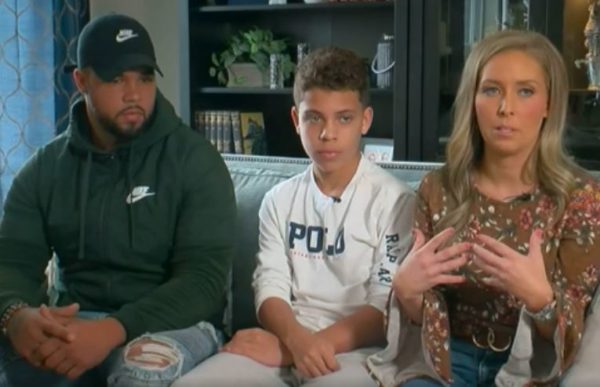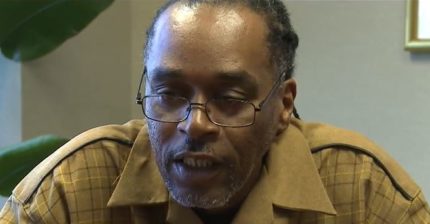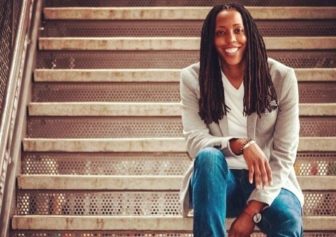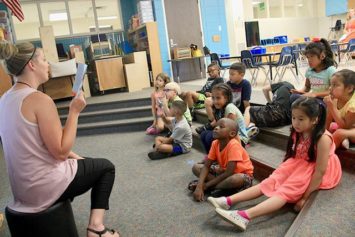Six Black students and their families accused a Minnesota school district of turning a “blind eye” to racist threats, intimidation and assault in a lawsuit the families filed Tuesday against the district.
“I’ve been kicked in my knees, I’ve been called monkey, lots of other stuff,” Taylin Bursch said in an interview with CBS affiliate WCCO.

Bursch, who was a student at Chaska Middle School East when he made the comments in December 2018, is one of the six students involved in the suit against Eastern Carver County Schools. The others named in the suit are Jquan Fuller-Rueschman, D.S., F.B., D.J. and Z.P.
Z.P., 7, said in the lawsuit, which WCCO obtained, white students punched him in the face on the school bus and told him he “doesn’t belong” on two separate occasions in December 2018.
That’s one of several incidents families point to in the suit as blatant examples of racial mistreatment.
In one case, a photo of a Chaska High School student in blackface at a football game was removed from the yearbook before students saw it, according to the lawsuit.
In another, white students allegedly posted a Snapchat photo in April with the faces of 25 Black students superimposed on Google Maps and labeled “Negro Hill.”
Still another photo of two white students wearing charcoal cosmetic masks and using the hashtag #blackface went viral in February, the lawsuit alleged.
Taylin told WCCO someone wrote the N-word on his gym shirt at Chaska Middle School East in December 2018.
“For me to hear that he put the shirt on and that he was embarrassed I think that’s kind of when I broke down,” Taylin’s mother, Ashleigh Bursch told WCCO. “That’s when I lost it, I mean it was tears instantly.”
The Eastern Carver school district is located in Chaska, a city about 30 miles southwest of Minneapolis with a population that is about 90 percent white.
Plaintiffs in the suit claimed that in the district with a student population that’s only 3.3 percent Black there were also no Black teachers or administrators until July and that about one-third of minority staff members left in the past two years.
“What is more, in February 2019, a white student threatened to shoot a list of students, including African-American students, if they attended a school assembly at Chaska High School relating to race relations,” plaintiffs said in the lawsuit. “Notably, while making the threats via Snapchat, the student was holding a gun.
“School staff have little, if any, proper training or experience with respect to properly responding to reports of racism,” the families added in the suit. “Administrators have admitted to students that white teachers in the district do not know what they are doing with respect to racial issues.”
The district said in a statement to Minnesota Attorney General Keith Ellison that it recognizes it has failed to create an environment in which every student feels safe but it is taking steps to improve the school culture.
“Our School Board, and our district staff, are committed to an educational environment where all students feel safe, welcome, and included, and have the tools and resources to succeed,” district officials said in the statement. “We have not yet realized that for every student, and have been working in earnest to move the needle and improve outcomes for every child that walks through our doors.”
Some of that work included sending equity leaders to a culturally responsive leadership academy, providing professional development and seeking feedback from parents and the larger school community to inform a district equity action plan.
“This is long-term work which requires time, education, and investment,” the district said in the statement. “In order to truly make change, and to bridge the gap between the experiences of many of our white students and students of color, those investments in training and professional development are vital and necessary.”


